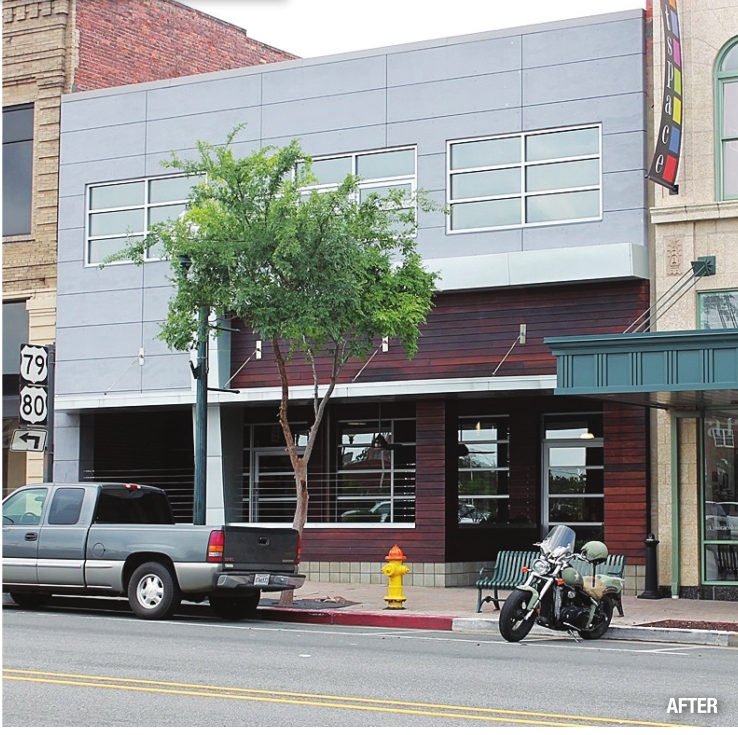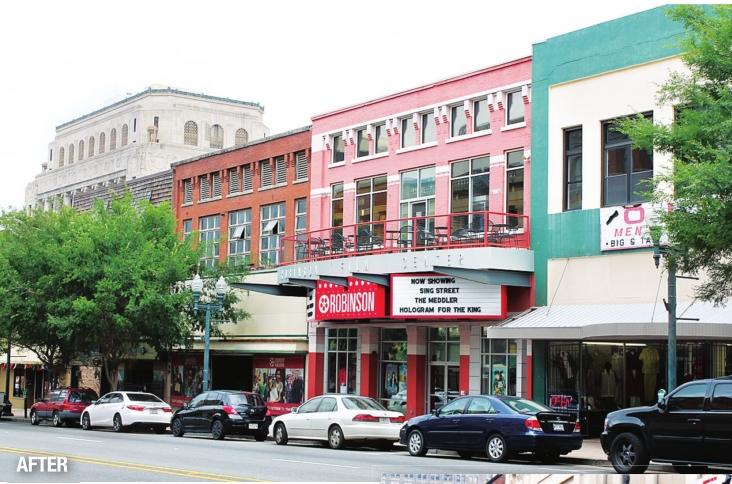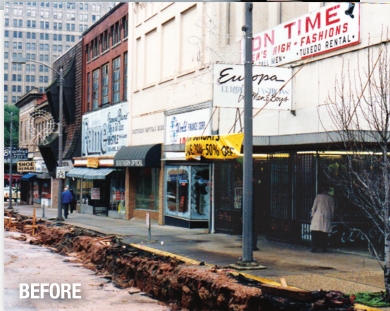INVESTING IN OURSELVES
Historic tax credits key for downtown development


Historic tax credits key for downtown development
Local media has found themselves playing the role of Mr. Obvious lately in stories focusing on the price of oil and gas to the consumer (good) and the results locally to businesses dependent on oil and gas (Bad. Very bad).
The oil and gas business is a cyclical beast as anyone who has lived in Louisiana, Texas or Oklahoma for any time can attest, but that doesn’t make it any easier when businesses have to downsize or the state government has to cut important programs because their budget, closely aligned with the price of oil, is severely out of whack. When the state budget gets into trouble, there is always the danger of that “tossing the baby out with the bathwater” saying coming true. Legislators scramble for ways to correct the numbers, and that can involve throwing out the good along with the bad and the ugly.
That’s why a get-together recently with Louisiana’s new lieutenant governor, Billy Nungesser, was so helpful.
Nungesser is in the middle of the legislative maelstrom, heading departments that direct the state’s culture, art, recreation, state parks, several museums, archeology, French heritage, state tourism and historic preservation. This may seem a mish-mash of disparate components, but when you really look at them, you see how they can all work together … and in doing so, can mean money, prestige and jobs for Louisiana.
In a recent meeting with Nungesser, the talk focused on the return on investment seen in the context of historic preservation. This is an important point because much of the larger-scale historic preservation we are seeing in towns and cities across the state is due to Louisiana’s Historic Tax Credit program, a program that seems perennially threatened by legislators looking for budget fixes. The historic credits are different from many other tax credits in that work on a qualified building must be completed and verified before the credit is approved by the Department of Revenue. The buildings that are put back into commerce become job- and revenuecreating machines for years.
The story told by two blocks of downtown Shreveport shows the impact these credits and historic rehab can have. Just after the Legislature approved HTC in 2002, the DDA did significant projects at 617 and 710 Texas. These once-vacant buildings became Robinson Film Center and artspace and also became a spark that created amazing positive change. In the five years prior to legislative approval of HTC, nine building permits for minor repairs were pulled for buildings in the 600 and 700 blocks of Texas. In the years since 2002, permits have increased by 1,050 percent. More important, these are not permits for repair but for full scale remodel and rehab. 
Ten buildings in the two blocks went from vacant to completely rehabilitated, and another is set to begin soon. Every building save one (soon to be rehabbed) on the block is in use, multiple new businesses have moved in, jobs have been created, apartments will soon be available, restaurants have opened; quality of life has been greatly enhanced. In fact, $36,883,744 has been spent on property acquisition and construction alone. This does not include the money flowing into the economy from newly-created jobs or the sales and property taxes now generated by these buildings and businesses, or the fact that everything in those two blocks is now valued more highly.
This is good stuff, and it’s happening throughout downtown Shreveport and in towns and cities all over the state. I like to say the historic tax credits help projects, especially larger ones, make dollars and sense. As one property owner at the meeting told us, they help a project “pencil out.” Let’s keep the pencils – and our historic buildings – working for us!
– Liz Swaine

